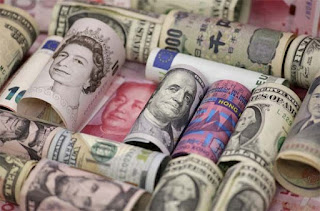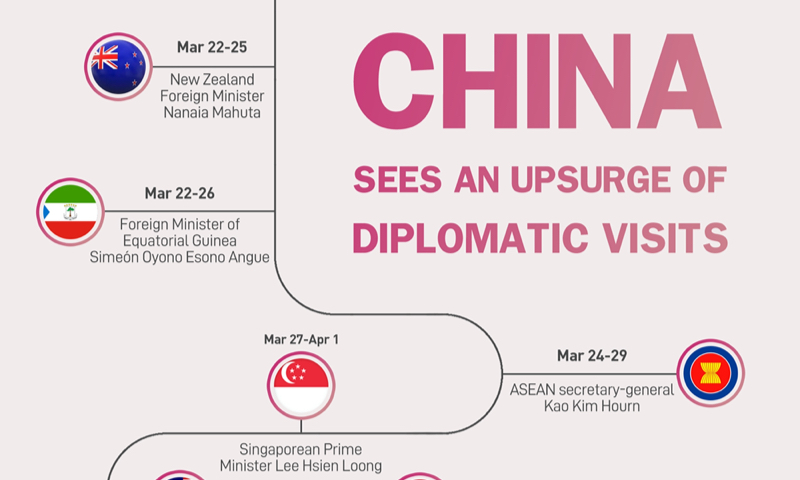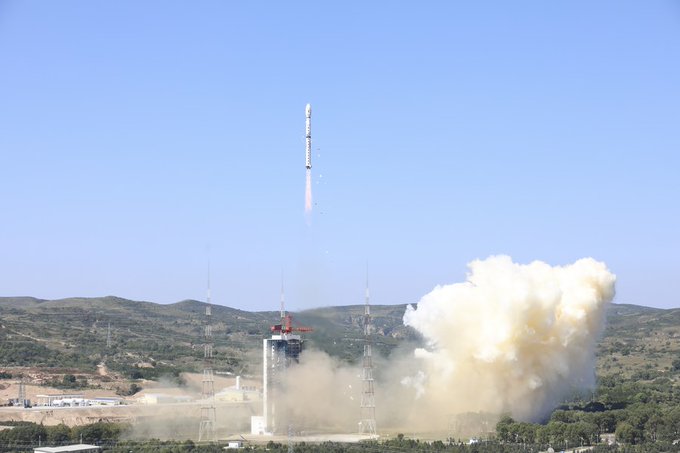“This is all part of a broader discussion of possibilities for reducing the use of the dollar. This discussion is not new and has happened in the past but it appears to be more serious now and the actual changes are taking place,” - Prof Geoffrey William
Of late, the hot topic that is rapidly gaining pace is many countries, including Malaysia, are mulling the idea of reducing their trade dependency on the US dollar. Prime Minister Datuk Seri Anwar Ibrahim has also lent heavy support to the thought of reducing Malaysia’s dependency on the greenback in terms of attracting foreign direct investments into the country, as well as in bilateral trades not involving the United States. This came as Anwar announced on Tuesday that investments worth about RM170bil by China-based companies would be kicking off next month. The prime minister has also last week proposed the setting up of an Asian Monetary Fund (AMF), stressing the need to lower reliance on the greenback as well as the US-backed International Monetary Fund (IMF), an idea that he himself reported has been well received by Chinese President Xi Jinping, who is open to discussing its implementation. According to Geoffrey Williams, economics professor at Malaysia University of Science and Technology (MUST), what Anwar was saying is in line with a growing group of international leaders seriously questioning the role of the dollar and the US/European Union systems, hence the prime minister’s comment is a change of tone with possible action points. “This is all part of a broader discussion of possibilities for reducing the use of the dollar. This discussion is not new and has happened in the past but it appears to be more serious now and the actual changes are taking place,” Williams told StarBiz. He concurred with Anwar’s view that bilateral trade between two nations could use the currencies of the countries involved instead of the dollar, calling it “feasible” and is in fact growing in popularity. “Most commodities are priced and traded in dollars but direct sale of oil between Russia and China as well as India is circumventing that arrangement. “There is an increasing probability this will extend to more countries and more commodities,” Williams said. Some parties have even suggested that Anwar may not be taking any sides in the global balance of power between China and the United States, despite his preference for dollar independence. However, uneasiness remains on the geopolitical implications of the suggested move and how it will affect relationships between countries such as Malaysia and the United States as well as its allies. While acknowledging such concerns, Williams said: “At the moment, many countries are understandably questioning whether the dollar dominance is beneficial to them and if better exchange arrangements could be found.” Meanwhile, economist and chief executive at Centre for Market Education, Dr Carmelo Ferlito, said that while countries can ponder over better options in a multipolar world, alternatives need to be weighed in with painstaking care. Ferlito said the appearance of the euro in 1999 was met with a warm welcome since it forced the dollar to face a competitor characterised by stronger monetary discipline, and that the emergence of something new in the East, if properly conceived, could strengthen the path towards monetary stability. However, he added: “If global currency competition were to move in the right direction, the path will remain incomplete without an actual competition between currencies within countries. “A competition that enables individuals to choose the currency to be used for their daily transactions, favouring the emergence of a virtuous competition among currencies toward stability.“Our point is thus that the new and vibrant developments in the international monetary scene can be a source of benefit – rather than spawn geopolitical tension – only if accompanied by a true opening of national economies to competition among available currencies.
A novel Asean or BRICS (Brazil, Russia, India, China and South Africa) currency could become a strong alternative
“In this way, a novel Asean or BRICS (Brazil, Russia, India, China and South Africa) currency could become a strong alternative not as the result of a political will of power but simply as a consequence of market competition.” On the setting up of an AMF, MUST’s Williams said such an idea is definitely attainable but would require participation across many Asian countries, especially to provide the finance and to agree to the terms on which access to that finance is made available. As such, he remarked that it is not just a financial matter but also a geopolitical one. “The main issue is who will fund the AMF and what will be the contribution rates for each member. “It is likely that most will come from China, unless Japan and South Korea joins in. Otherwise most Asian countries are too small to contribute much. “Ultimately, this will be driven by economic cost-benefit considerations and whether non-aligned countries like Malaysia can maintain good relationships with all parties without using the dollar,” he noted. On the other hand, the move to bilateral currencies for trade and investment between two countries, while feasible, would be more at risk to exchange fluctuations and liquidity issues, Williams said, adding that this could be improved by a switch to multiple currency options. Of note, and on something that has not been touched by Anwar, the economics professor said the dollar still provides stable, reliable and secure financial systems such as the Society for Worldwide Interbank Financial Telecommunication (SWIFT). “Cybersecurity is essential and the questions of geopolitical stability also arise but these may not be solved by breaking up international systems into smaller regional systems,” he said. There certainly has been an influx of recent activities geared towards reducing the use of the dollar in international trade, such as the discussions between Brazil and Argentina to create a common currency or Saudi Arabia declaring its openness to trade in other currencies other than the greenback for the first time in 48 years.But the fact that the International Monetary Fund data shows central banks worldwide are still holding about 60% of their foreign exchange reserves in dollars as at the fourth quarter of 2022 literally means it is extremely unlikely the currency would be losing its status as the global reserve unit anytime soon.
Crisis jolts Wall Street bankers
Crisis jolts Wall Street bankers already resigned to tough ...
https://www.thesundaily.my/business/crisis-jolts-wall-street-bankers-already-resigned-to-tough-job-market-LK10837950
UPDATE 1-Crisis jolts Wall Street bankers already ...
Related posts:
Abuse of hegemony is why de-dollarisation is trending
China, Brazil to trade in local currencies
Sell your US asset & leave before too late – it is your money, 决战, 请务必离开美国
Break free of US dollar hegemony: What’s next?

The strong dollar should not become a sharp blade to cut the world, THE NEED FOR BRETTON WOODS III
Whither the ringgit? US Inflation & workforce are the bigger problems
Southeast Asia, too, is losing patience with King Dollar’s clout
Southeast Asia, too, is losing patience with King Dollar’s clout
When Will the U.S. Dollar Collapse?






























